Dear Architects: If You Really Want to Be More Sustainable, Start Prioritizing Reuse Projects
Architizer
APRIL 10, 2023
Architecture 2030 ’s mission is to rapidly transform the built environment from a major emitter of greenhouse gases to a central source of solutions to the climate crisis. This means achieving net zero across both operational emissions from using buildings and embodied emissions from constructing and maintaining them.

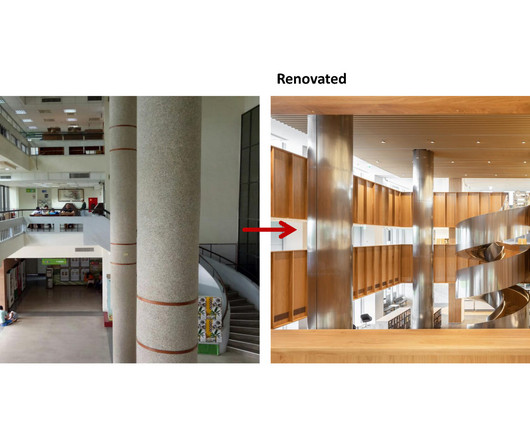
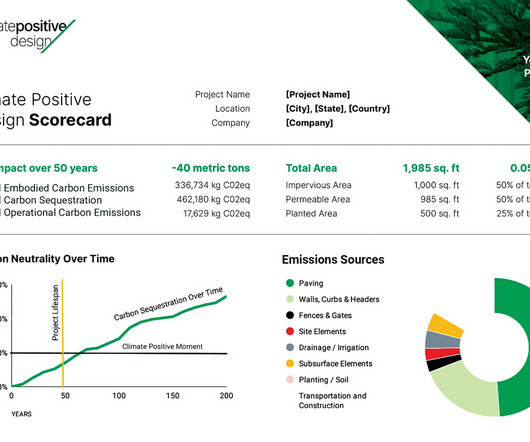
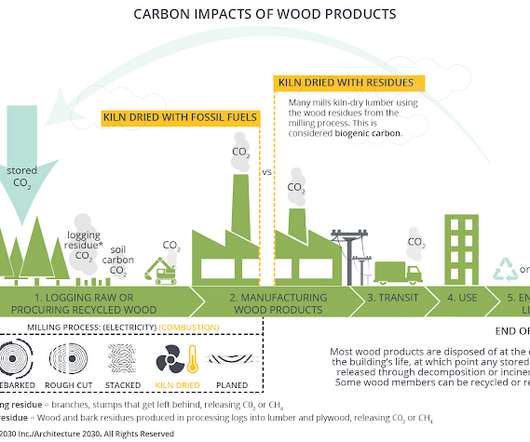

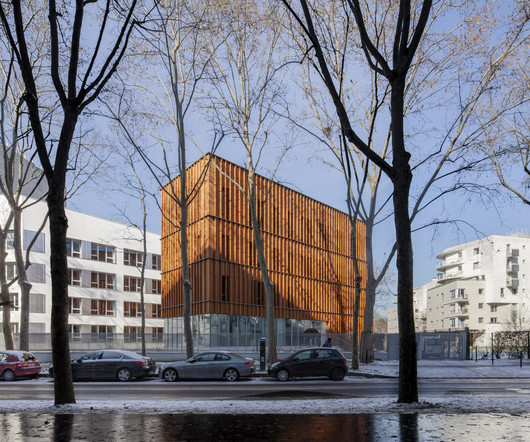
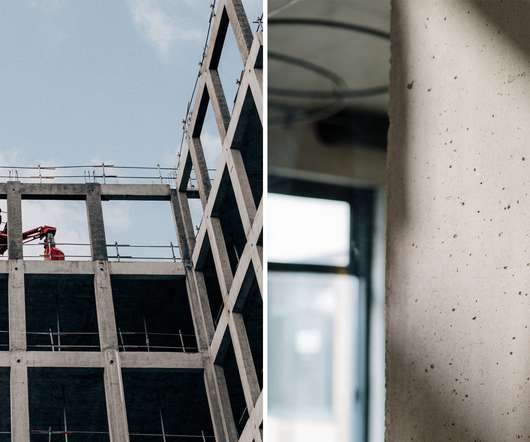
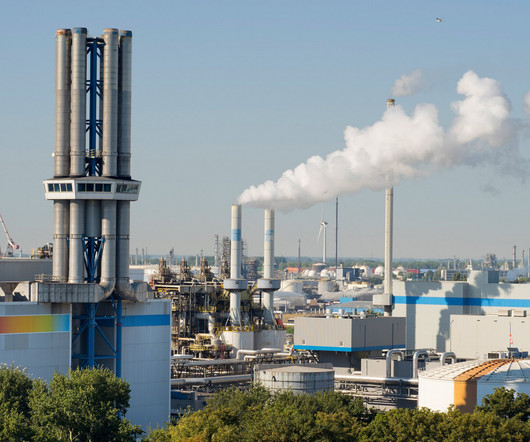
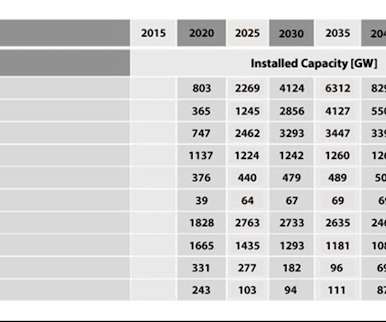






Let's personalize your content